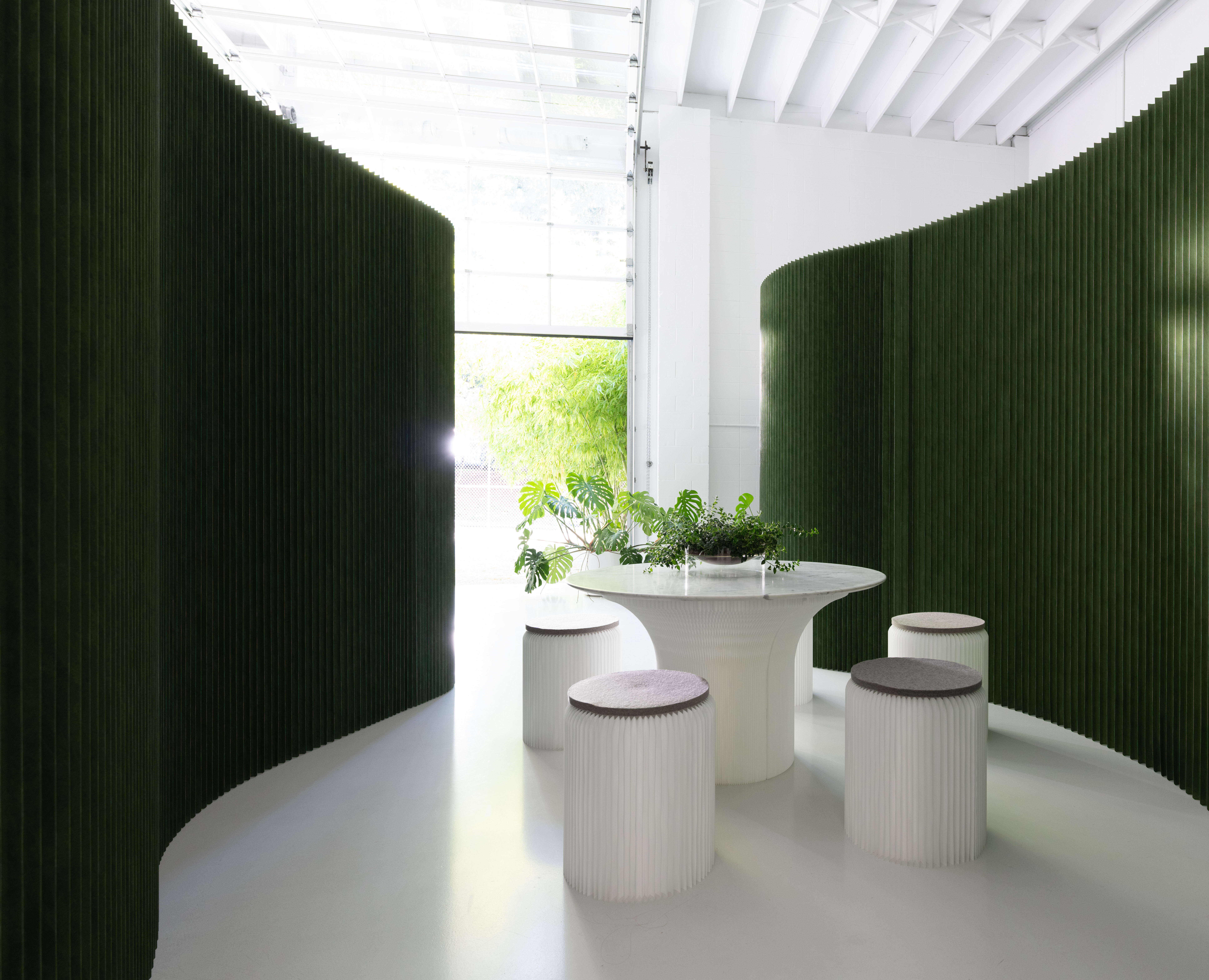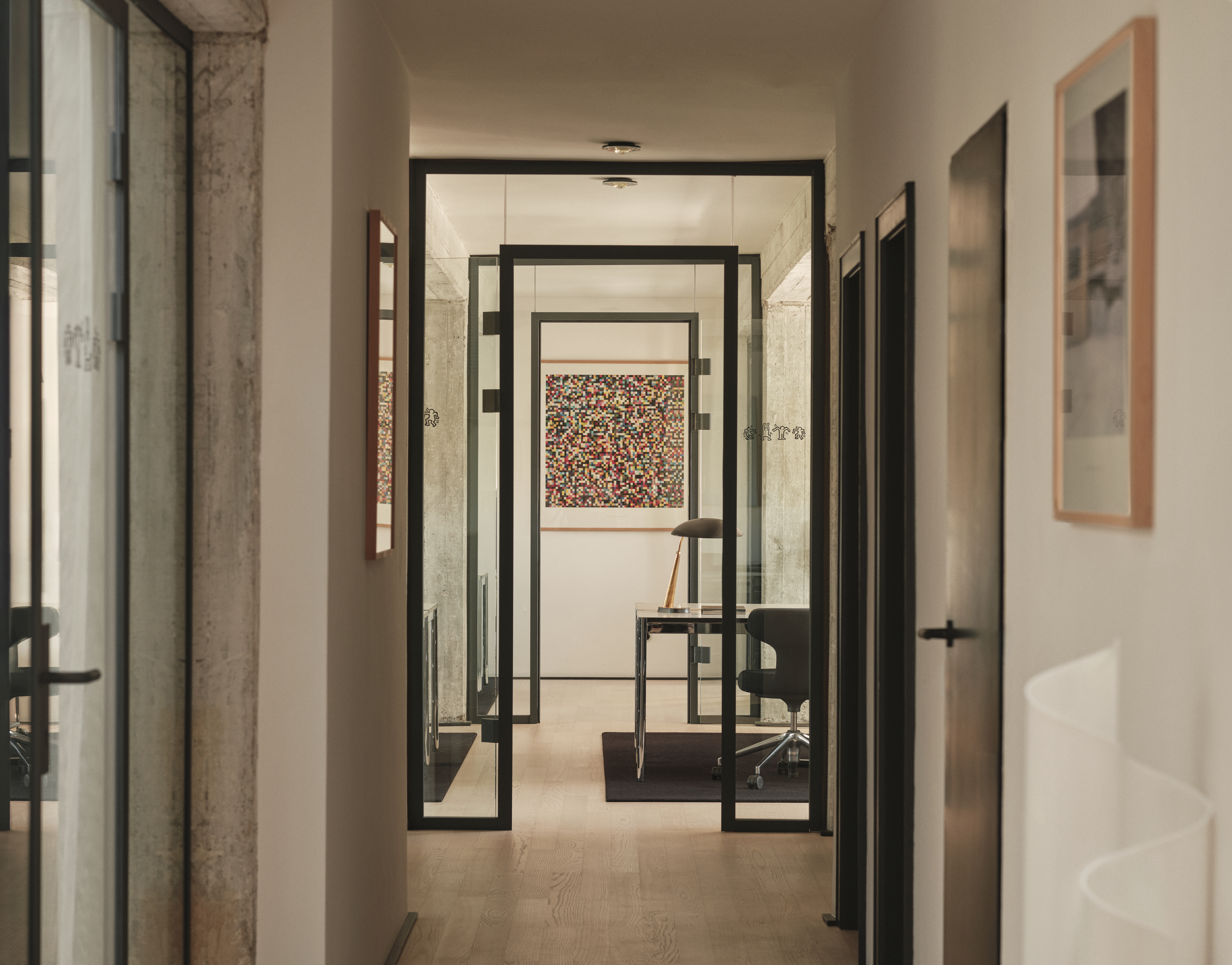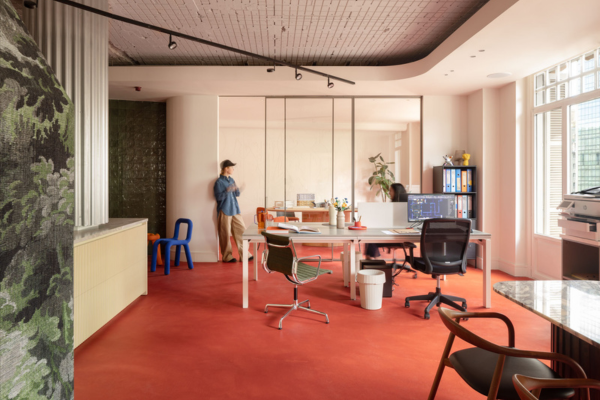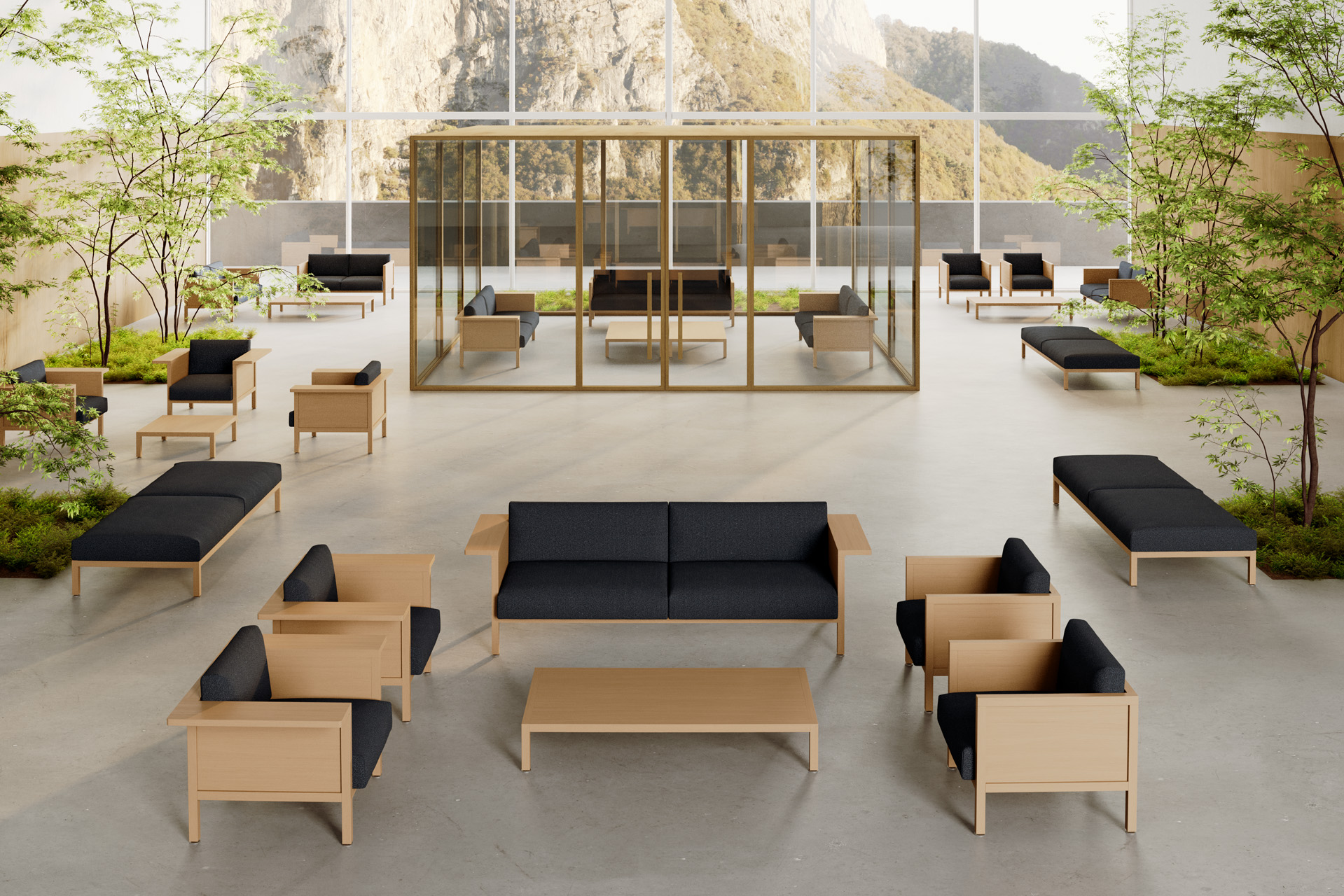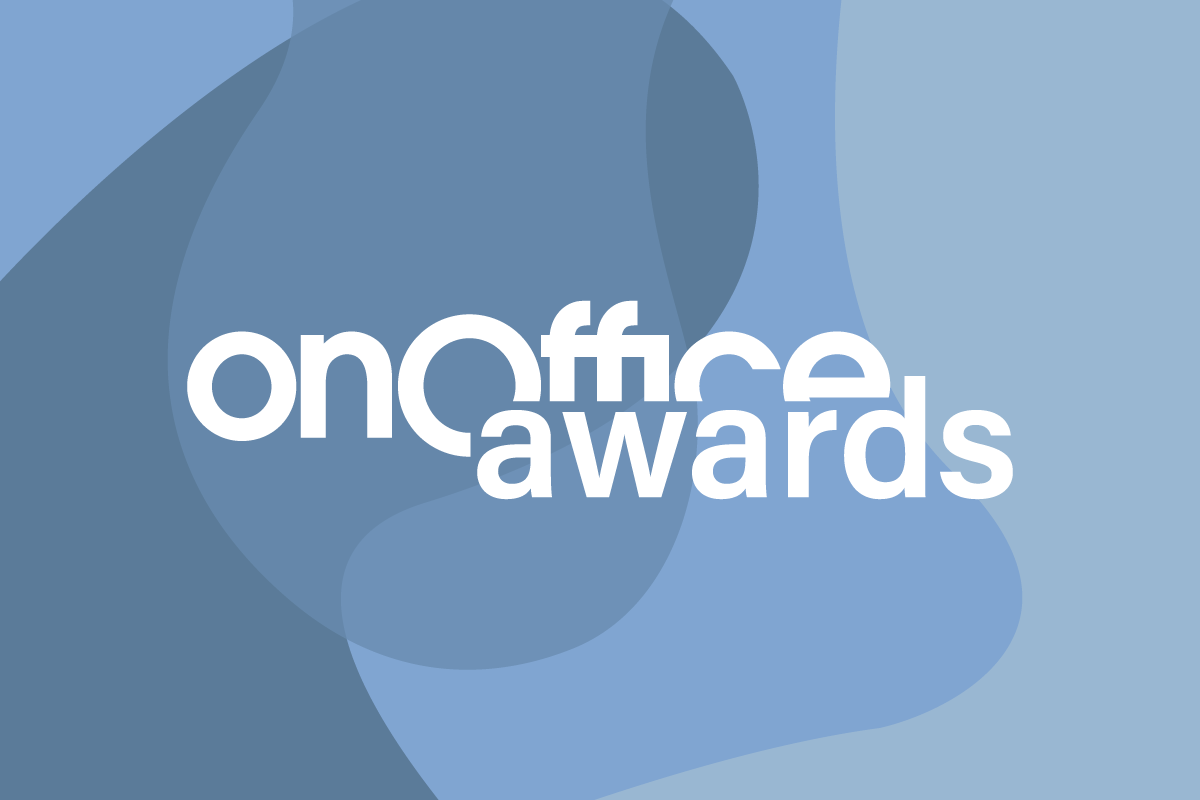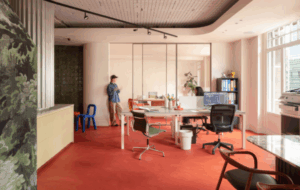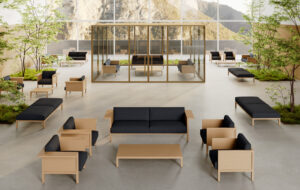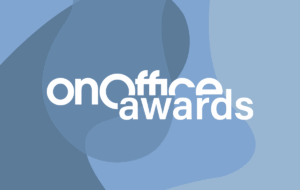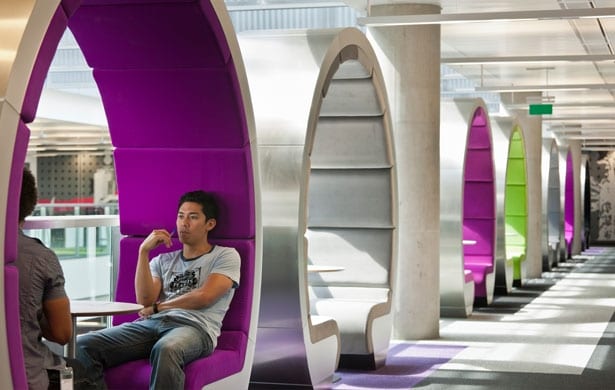 |||
|||
Getting people moving is a key characteristic of a healthy office. Like cities over-reliant on cars, offices that depend on lifts can be less productive and less exciting places to work. Lifts are far from being social spaces; many of our clients are looking at ways of boosting physical movement between and around floors to improve the wellness of the staff, and also to spark creative collisions between team members.
With an increased range of work settings and amenity space, people are more transient than ever. In response, thoughtful office design should not just look at how to get people from A to B but also how the journey can be part of the workplace culture – and how the flow of people can be of strategic importance.

- Think big
Encouraging physical movement is seriously impacted by how you approach a project. Major office developments are often the size of small towns and need planning as such.
Now that we’re demanding a greater range of facilities – a blend of civic and private spaces – we need to think carefully about how each component is positioned and the flow of movement. This macro, community-led masterplan vision moves away from the idea of just assigning someone a desk but thinks carefully about the use-case for space and how it can work harder.
This involves a variety of spaces to suit a range of activities: by balancing spaces that are intimate and expansive, as well as formal and informal, will not only gain better use of the building, boost physical movement but the choice will allow people to pick that space that allows them to concentrate and communicate.
- A statement staircase to provide connections
Through a number of our projects, we have made staircases a prominent feature of the design. The intention is to make the staircase, either through exuberant design or finely crafted details, a magnet for staff – something they gravitate towards and want to use instead of a lift core. This becomes not just a circulation space but also an area where people bump into each other, encouraging social interaction. We are now looking at how stairs can work harder by positioning meeting rooms that sit in the space, further establishing them as pivotal part of the office.
- “Snakes and ladders”
A statement staircase is not always possible due to the nature of the space or the height of the building. An alternative would be to create a series of routes that have been carefully choreographed to travel up and down the building – or “snakes and ladders” as it’s been referred to on a project we’re working on. For taller buildings, vertical travel can be broken-up into to smaller journeys by the careful positioning of smaller staircases. This is a vital way of linking amenity and workspace as well as encouraging people to cross floorplates and explore more of their office.
- Location. Location. Location.
The positioning of your services and amenities is vital. How do you create areas within the office that feed off one another and create social zones as well as places for focused work? How can you use amenities as magnets to make people move through the spaces and explore new areas? Efficiency and travelling in straight lines is not always the answer. We often use design features such as ultra-flexible “Spanish Steps” to weave together these range of spaces, allowing for a quick transformation between formal auditorium and social space.
- Don’t be held back by the base build
When taking multiple floors of a speculative office building, the linkages between levels can be restricted to lift cores. This can confine the immediate connection between floors and could be at odds with how your organisation works. We are increasingly punching through the base-build in strategic locations to create key connections between the levels, which – again – is a powerful way to get people moving and interacting.

- Physical permeability
With our designs for Arcadia, a seamless flow throughout the range of spaces was vital. Physical barriers, which made movement more complicated, needed to be removed; the most obvious impediment was the exterior light wells – two uninviting spaces that needed to be navigated around, with little access through the space. The solution was to infill these to create an enclosed atria that opened up rather than restricted movement.
- Visual Permeability
When walking around a recently completed science facility, our client said, “Oh look, there’s John. In our old offices I would go six months without seeing him”. We had taken them from a listed building with dark corridors and cellular offices to an open environment that pivoted on a large atrium. Key to this new found openness was the visual connections, with members of the team much more likely to travel over and speak to someone if they were in sight. This placed importance on movement and face-to-face discussion rather than telephone conversation and sending emails.
- Bridging the gap
Building on this idea of physical permeability, workplace campuses – formed from multiple buildings – are often challenging and require infrastructural connections, such as bridges. When travelling across buildings, the use of lifts is often necessary but a much more efficient journey would be achieved from a bridge – a highly practical solution that offers the opportunity to create dramatic and memorable experiences. On large campus projects, bridges can be used to create immediate connections that allow buildings to share amenities – from forums spaces to catering facilities – which can have an uplift in movement, communication and efficiency.
- Materiality of connection spaces
Circulation spaces can often be neglected in terms of quality of finish and natural light. But if invested in and desirable environments are created, people are more likely to use them to navigate the office. We have used tactile materials for stairways and thought carefully about how hallways can be used to frame interesting views – as well as how biophilic design principles can be incorporated into these spaces.
- A varied client experience
By creating more informal spaces for working side-by-side with clients for longer periods, you are moving away from boardroom culture. This gives you a selection of spaces to use depending on the types of work you’re doing, and you can move amongst a range of settings and explore a neighbourhood that could be made up of cafes, restaurant and co-working spaces. This might involve making your reception a much more civic space and adding in public hospitality spaces. This, as well as making an animated arrival experience, will also encourage people to travel outside of their everyday work setting and meet people outside of more formal, corporate settings.
Helen Berresford, Sheppard Robson’s lead partner of interior design, tells us how to encourage physical movement in the office and shares the 10 key steps to follow

